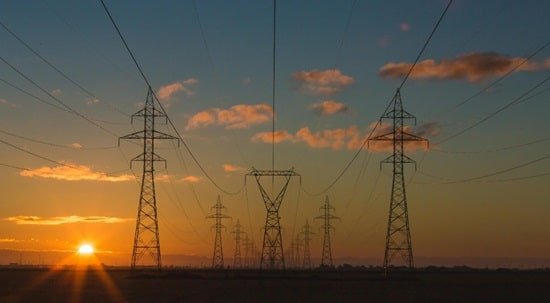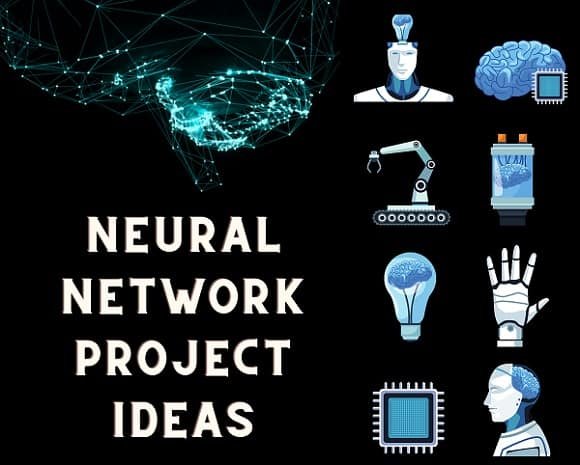Welcome to a journey through the captivating world of renewable energy sources. In this exploration, we unravel the scientific principles that make renewable energy not just a possibility, but a reality in our quest for sustainable living. As we dive into this topic, let’s keep our minds open to the wonders of science and the playful dance of innovation that powers our world.

The Sun: Our Celestial Power Plant
At the heart of solar energy is the simple, yet profound, process of converting sunlight into electricity. This transformation is made possible by photovoltaic cells that capture solar photons and convert them into a flow of electrons—electricity. Beyond the rooftops and vast solar farms, solar energy is pushing boundaries, from transparent solar panels to innovations enabling solar energy capture during rain.
Decentralization of Energy Systems: Empowering communities
The decentralization of energy systems is key to a resilient and sustainable energy future. Local, renewable energy projects can empower communities, reduce transmission losses, and make electricity access more equitable. This shift towards smaller, community-based systems is not only technically feasible but also socially and economically beneficial.
Learning about the diverse renewable energy sources available can also spark interest in local energy solutions. For example, electricity companies in Dallas are exploring innovative ways to integrate renewable sources into their offerings, reflecting a broader move towards sustainable energy practices at a community level.
The Ocean: A Powerhouse of Potential
The ocean, covering over 70% of our planet, is an untapped energetical goldmine. From the mechanical energy of waves and tides to the thermal energy from the sun’s heat stored in seawater, the science of marine energy is exploring ways to harness this vast, renewable reservoir. With emerging technologies focusing on efficiency and environmental sustainability, the ocean’s role in the renewable energy landscape is becoming increasingly significant.
Wind Energy: Harnessing Aeolian Forces
Wind energy thrives on the principle of conversion—turning the kinetic energy of wind into mechanical power, which can then be converted into electricity through generators. The science gets fascinating when exploring how advancements in turbine technology, such as blade design and materials, are significantly increasing efficiency and reducing noise, making wind energy a powerful whisper in the renewable symphony.
Hydropower: The Ancient Innovator
While hydropower is one of the oldest sources of energy, its innovation is far from stagnant. Today’s research focuses on improving turbine efficiency and environmental compatibility. Innovative approaches to minimize ecological impact while maximizing energy output highlight the balance between technology and nature.
Geothermal Energy: Earth’s Inner Power
Delving deep into the Earth’s crust, geothermal energy exploits the planet’s internal heat. The science revolves around harnessing thermal energy found below the surface to generate electricity or provide direct heating. With ongoing research aimed at reducing costs and improving methods for heat extraction, geothermal energy stands as a potent force in the renewable energy array.
Energy Efficiency: A Complementary Approach
While delving into the depths of renewable energy sources, another pivotal aspect emerges: energy efficiency. It plays a critical role in reducing the overall demand for energy by optimizing the performance of devices, buildings, and transportation. Innovations in materials science and technology are leading the way in creating more efficient solutions, thereby reducing our energy footprint significantly.
Bioenergy: Turning Waste into Watts
Bioenergy, or the art of transforming organic material into energy, rests on the principles of biochemistry. From generating biogas through anaerobic digestion to converting plant-based materials into biofuels, bioenergy leverages the endless cycle of life and decomposition. Innovations in bioenergy technologies are making strides in efficiency and decreasing the carbon footprint of this green power source.
Electrification of Transport: Paving the Way for Green Mobility
The electrification of transport systems represents a major frontier in reducing greenhouse gas emissions. Electric vehicles (EVs), powered by renewable sources, offer a promising pathway towards cleaner, sustainable mobility. As battery technology advances and charging infrastructure expands, the dream of a fully electrified transport network moves closer to reality.
Integration and Innovation: The Future of Renewable Energy
The quest for renewable energy is not just about individual sources but how they can work together synergistically. The future lies in smart grids, energy storage solutions, and advancements in technology that can integrate various renewable sources efficiently. This holistic approach is essential for a sustainable energy future, driving innovation, and curbing our dependency on fossil fuels.
Conclusion
In our journey through the science behind renewable energy, we’ve uncovered the incredible potential and innovation driving this sector forward. It’s clear that the path to a sustainable future is lit by the diverse array of renewable energy sources, each contributing its harmony to the symphony of sustainable power. As we continue to explore and harness these sources, the promise of a cleaner, greener planet becomes ever more tangible. Let’s embrace this bright future with open arms and open minds.

Rahul Kumar is a passionate educator, writer, and subject matter expert in the field of education and professional development. As an author on CoursesXpert, Rahul Kumar’s articles cover a wide range of topics, from various courses, educational and career guidance.



